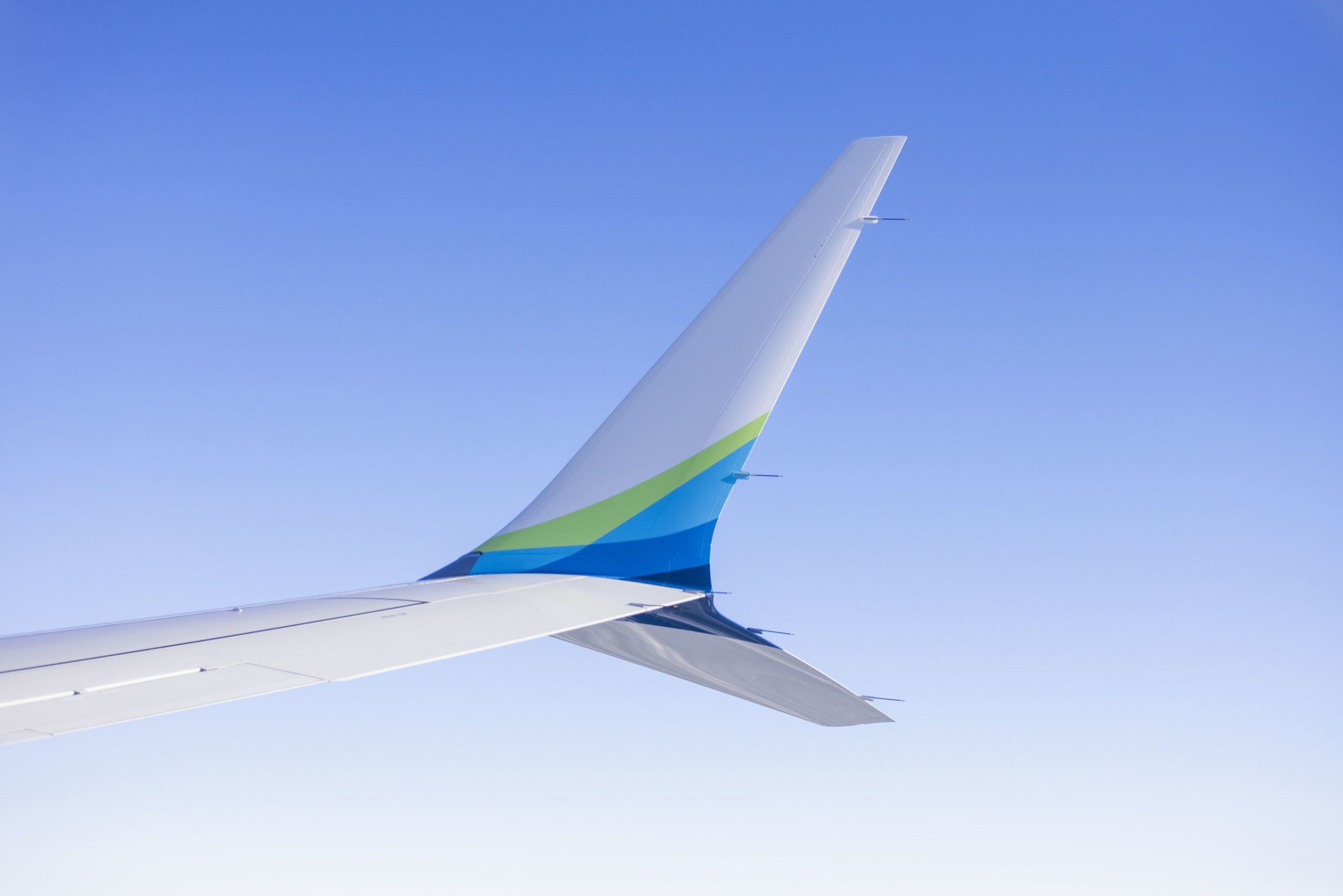
Alaska Airlines announces commitment and roadmap to reduce its carbon emissions to net-zero by 2040
With this commitment, Alaska joins The Climate Pledge
SEATTLE, WASHINGTON, 2021-Apr-22 — /Travel PR News/ — Alaska Airlines today (April 21, 2021) announced its commitment and roadmap to reduce the company’s carbon emissions to net-zero by 2040, and commitments across carbon, waste, and water impacts by 2025. Today’s announcement included the release of Alaska’s 2020 LIFT Sustainability Report detailing the company’s broader climate change strategy, including waste and water initiatives.
Alaska, together with its regional subsidiary Horizon Air, identified the reduction of greenhouse gas emissions as the company’s most important opportunity for environmental action.
“At Alaska Airlines, we know that travel can make a big difference in people’s lives,” said Alaska Airlines CEO Ben Minicucci. “Air travel connects us to our friends and families, helps us understand one another, and helps communities across the globe grow and thrive. But we know that to live our purpose, creating an airline people love, we must operate every day in a way that cares for both people and our planet. That’s why we’ve set out on this bold path to reduce our climate impact near and long term.”
Alaska’s roadmap to 2040 includes five focus areas to reach net-zero emissions:
With a recent Boeing 737 MAX order, Alaska’s newest aircraft have 22% better fuel-efficiency on a seat-by-seat basis than the aircraft they replace. Alaska is a leader in using advanced technology to improve flight efficiency, and will continue to standardize best practices, and expand use of first-of-its-kind artificial intelligence and machine learning technology to plan optimize routes. As part of its near-term goals, the airline will cut in half emissions of its ground services equipment by 2025 through the purchase and use of electric ground equipment and other renewables.
Long-term plans for achieving net-zero emissions include expanding the market for SAF and exploring and advancing novel propulsion approaches that support electrification technology for regional flying, that are either not dependent on fossil fuels, or more efficient than current methods. And because aviation is one of the most difficult sectors to decarbonize, Alaska will also work with science and technical advisory Carbon Direct to identify and vet credible, high-quality carbon offsetting technologies to close any remaining gaps on the path to net-zero.
“After a difficult year, this is an exciting time for our company, as we return to growth while embedding sustainability even deeper in our culture, set bold goals and collaborate with innovative partners to keep our company, our communities, and our environment strong and healthy for the long term,” said Diana Birkett Rakow, Alaska Airlines’ vice president of public affairs and sustainability. “The pandemic sharpened the clarity of our purpose and led us a stronger path forward. But we also know we can’t do this alone and that we must work together with government, manufacturers, innovators and other industry partners to decarbonize aviation.”
Joining the Amazon Climate Pledge
As a result of its 2040 net-zero emissions strategy, Alaska Airlines today signed onto The Climate Pledge, a commitment to achieving net-zero-carbon 10 years ahead of the Paris Agreement.
In addition, the company also announced five-year goals to reduce waste through more sustainable packaging and restarting industry-leading inflight recycling post-COVID, while offsetting 100% of its operational water use through investments in high-quality habitat projects.
22,000 employees engaged to help reduce climate impact
As a reflection of its importance, Alaska Airlines this year included a carbon emissions target in the incentive pay program for all 22,000 employees. Additionally, long-term executive compensation is now linked to diversity, equity and inclusion.
“We know that setting ambitious goals, measuring our progress – and then holding ourselves accountable – is the key to real progress,” said Diana Birkett Rakow.
2020 LIFT Sustainability Report
Alaska outlined its environmental, social, and corporate governance (ESG) goals, strategy and best-practice disclosure commitments in the Alaska Airlines 2020 LIFT Sustainability Report at www.alaskaair.com/lift. The report lays out the company’s ambition and roadmap in setting broad Environmental Sustainability and Governance goals for the next five years, including diversity, equity and inclusion commitments to increase the diversity of leadership to reflect the diversity of frontline employees. Learn more about Alaska Airlines’ Diversity, Equity and Inclusion efforts at blog.alaskaair.com.
About Alaska Airlines
Alaska Airlines and its regional partners serve more than 120 destinations across the United States and to Mexico, Canada and Costa Rica. The airline emphasizes Next-Level Care for its guests, along with providing low fares, award-winning customer service and sustainability efforts. On March 31, 2021, Alaska became the 14th member of oneworld. With the global alliance and Alaska Airlines’ additional partners, guests can travel to more than 1,000 destinations on more than 20 airlines while earning and redeeming miles on flights to locations around the world. Learn more about Alaska at newsroom.alaskaair.com and blog.alaskaair.com. Alaska Airlines and Horizon Air are subsidiaries of Alaska Air Group (NYSE: ALK).
For further information:
Media Relations
(206) 304-0008
newsroom@alaskaair.com
press@oneworld.com
SOURCE: Alaska Airlines
###
(IN SHORT) flydubai has partnered with Ultramain Systems to integrate the ULTRAMAIN ELB (Electronic Logbook)… Read More
(IN SHORT) Aer Lingus has reopened its Future Pilot Programme, offering aspiring aviators the chance… Read More
(IN SHORT) ibis has launched its "25 Reasons to Travel in 2025," a curated list… Read More
(IN SHORT) The keel laying and coin placement ceremonies for the Orient Express Corinthian and… Read More
The House of Astor welcomes Ginori 1735 as part of a worldwide luxury partnership at… Read More
(IN SHORT) Autograph Collection Hotels opens Veranda Resort Phuket, offering a unique combination of cultural… Read More
This website uses cookies.